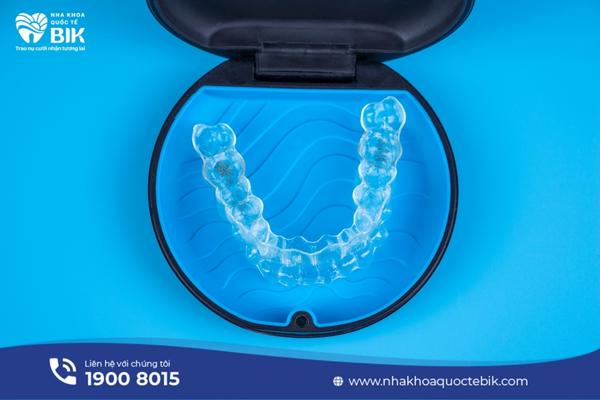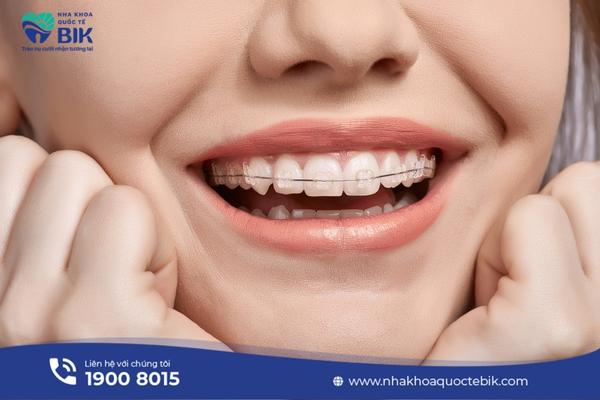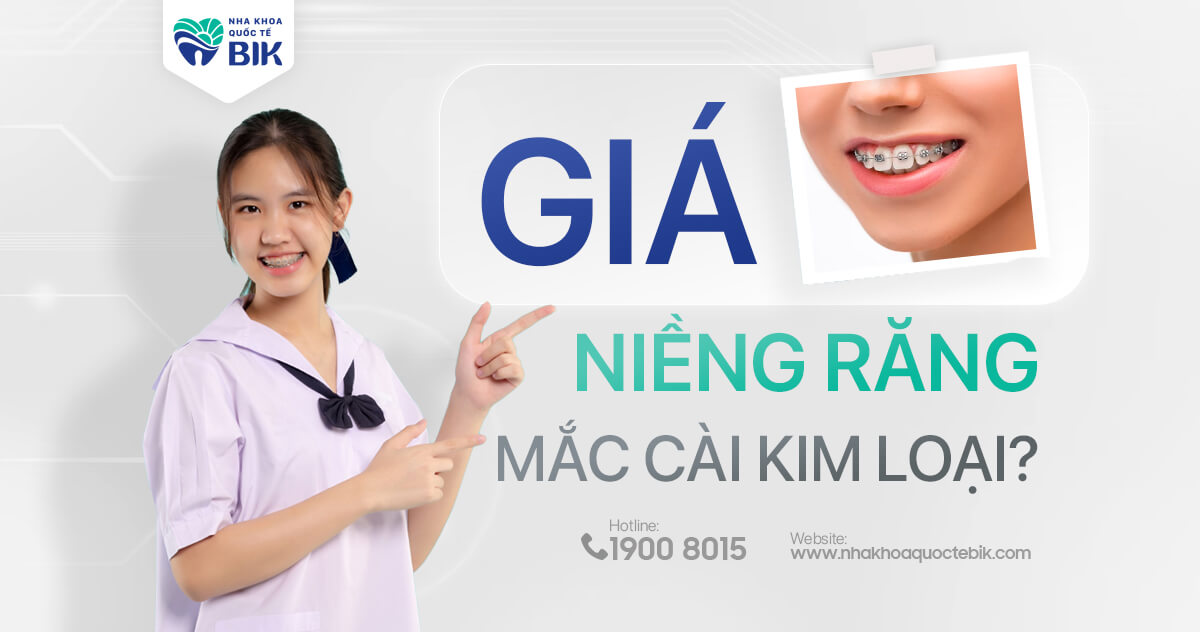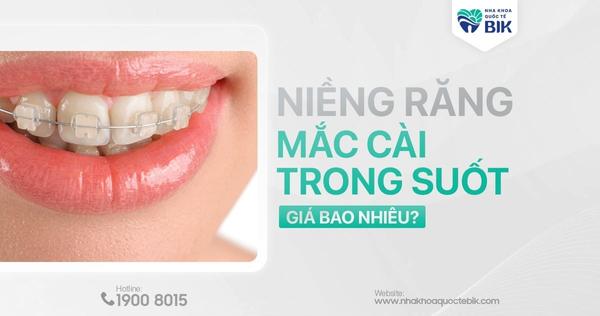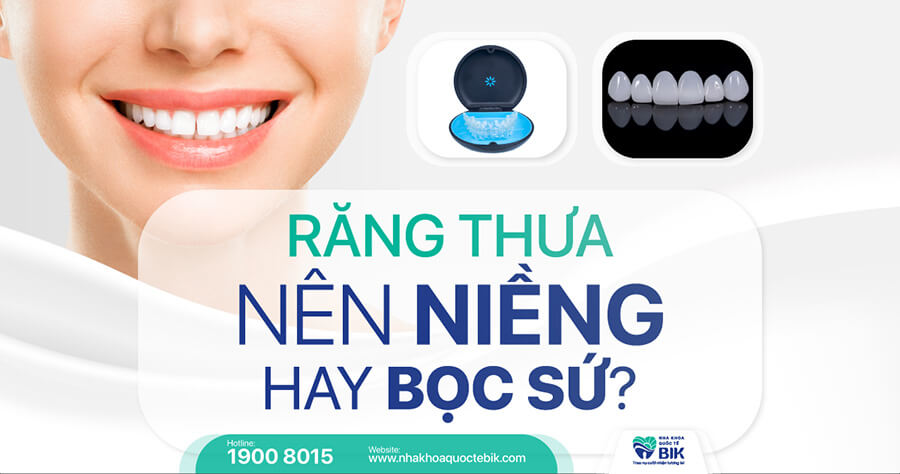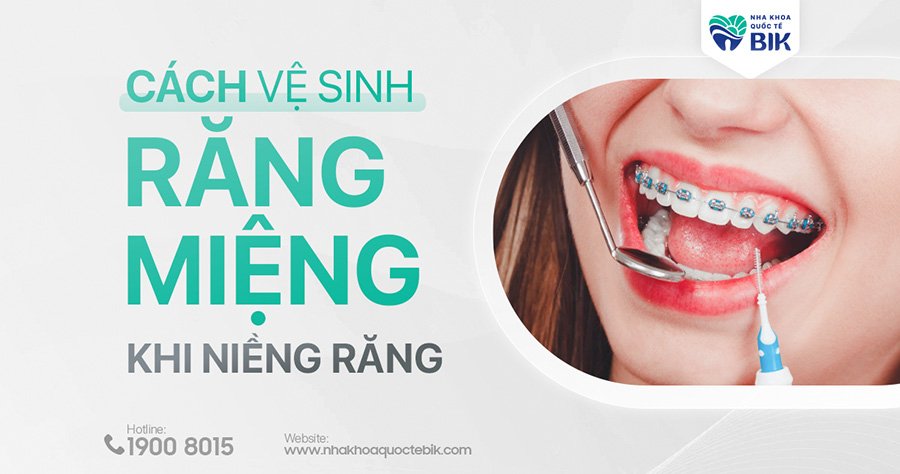After wearing braces with screws for a while, many people are often interested and want to know whether the process of removing braces screws is painful? To clarify this, let’s find out detailed information in the article below to better understand the process of removing braces screws and related issues.
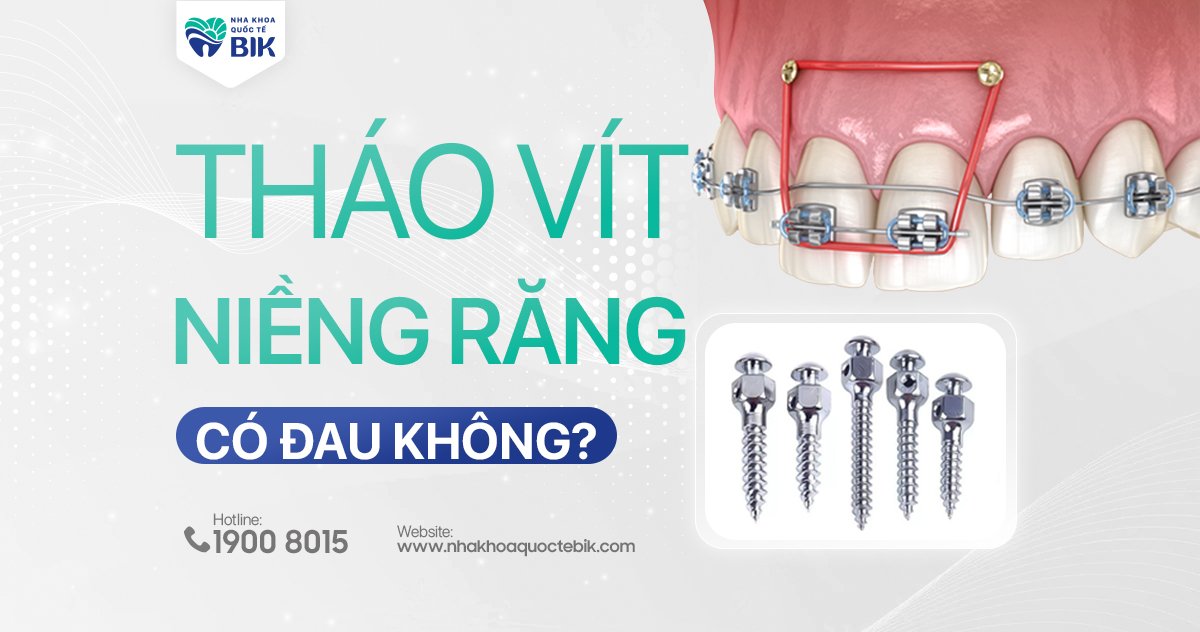
When should you remove your braces screws?
Stop using braces to pull your teeth
Once all the gaps have been filled or the anti-intrusion screws have been inserted into the correct position, the process is complete. At this point, the screws are no longer needed, and your dentist will usually recommend removing them to avoid problems such as food getting stuck, difficulty cleaning your teeth, and to maintain better gum health.
The screw phase is complete
Once you have completed your mini-screw treatment and achieved the desired results, you will begin the process of removing your braces screws. The exact timing of the removal will depend on your dentist’s assessment of your teeth.
Usually, after your teeth have been adjusted and stabilized in their new positions, the braces screws will be attached. Braces screws are shaped like regular screws, but are smaller and only about 1cm long. They are usually placed in the jawbone to support the movement of teeth according to the treatment plan and minimize the time of braces.
Since each case and orthodontic treatment process is different, the removal of screws and the feeling of pain depends on the specific condition of each person. For detailed information about your case, you should discuss directly with your orthodontist. Usually, the process of removing braces screws is painless or only causes a slight soreness for a short time.
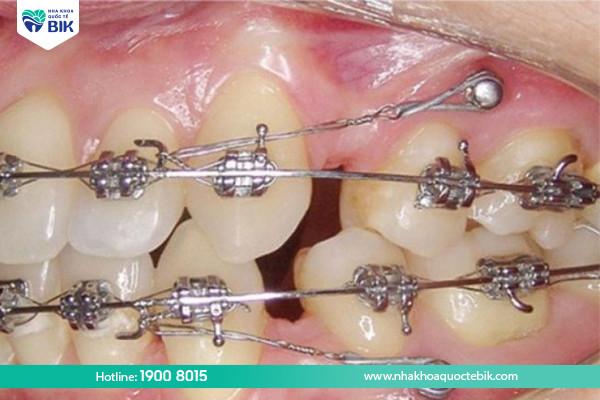
Braces screws start to loosen
When braces screws start to loosen, the immediate action is to remove them. After a period of time, if necessary, the screw can be re-inserted or replaced in a new position. Screw loosening can be caused by many things, including the jawbone not being strong enough, chewing too hard affecting the screw, or tooth movement changing the density of the jawbone in specific positions.
When you discover that your braces screw is loose, you need to quickly see your doctor to remove the screw and receive instructions on how to fix this situation. Do not hesitate, because prolonging this situation can cause pain, discomfort or affect the braces process. The decision to remove the screw or not belongs to your doctor, so you need to cooperate with their request so that the braces treatment process goes smoothly and saves time.
Screws cause pain and facial swelling
The most serious case when braces screws need to be removed is when the screws penetrate the lips or cheeks, causing inflammation, damage, pain and possibly facial swelling.
Does it hurt to remove braces screws?
The question of whether it hurts to remove braces screws is often a concern for many people who are wearing braces. Usually, the process of removing braces screws does not cause pain thanks to the support of advanced anesthetics and the advancement of machine technology. After removing the screws, you can continue your daily activities without major effects.
Although there may be some pain when the anesthetic wears off, the level of pain usually depends on the individual and the skill of the doctor. A doctor with skills and expertise will help minimize the pain.
Choosing a reputable orthodontic facility is very important to avoid pain caused by poor technique or the use of old technical equipment. Reputable orthodontic facilities often use modern equipment and have a team of professional doctors.
If your jawbone is softer, screw removal may be less painful than for people with hard jawbones. The doctor will prescribe painkillers and anti-inflammatory drugs after the screw removal process, so you should follow the doctor’s instructions for a quick healing process.

Measures to reduce pain when removing braces screws
During the process of braces, removing braces screws after adjusting the teeth is an important part. This process can be painful and uncomfortable for the patient. However, there are many measures to help reduce pain and make this process easier. Here are some common ways to reduce pain when removing braces screws:
- Use painkillers: Dentists often recommend taking medications such as paracetamol or ibuprofen before removing braces screws to reduce pain and inflammation.
- Anaesthetic injections: In some cases, dentists may use anesthetics to reduce pain when removing braces screws.
- Use ice: Applying ice before and after removing braces screws helps reduce swelling and pain in the mouth area.
- Eat soft foods: Patients should eat soft foods after removing braces screws to avoid pain when chewing.Follow your dentist’s instructions: It is very important to follow your dentist’s instructions after removing braces screws, including using medications properly and practicing oral hygiene.
- Practice stress reduction techniques: Deep breathing, yoga or meditation can help reduce stress and pain.
Each case may be different each other, so it is important to discuss and follow the instructions from your dentist to ensure that the process of removing braces screws is as comfortable and safe as possible.
How long does it take to remove braces screws?
By removing the screws quickly from the jawbone, the procedure will be faster. On average, it only takes about 5 to 10 minutes for the doctor to complete removing a screw.
However, this time does not include steps such as examination, anesthesia, waiting for the anesthesia to take effect, and oral hygiene.
In fact, removing screws from the jawbone does not take as long as many people think.
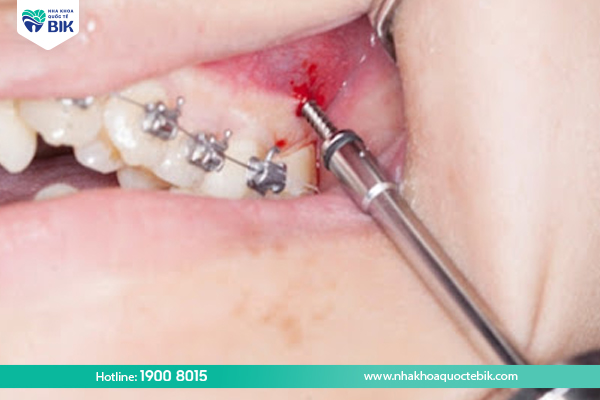
What to note after removing braces screws?
After learning about whether removing braces screws is painful, we will consider things to note after this process.
When the braces screws are removed, a small hole will appear in the jawbone. To help the recovery process go quickly, follow these instructions:
- Maintain a balanced diet, focusing on foods rich in calcium, vitamins and fiber such as meat, fish, eggs, milk and green vegetables to help bones recover and fill the hole. Brush your teeth regularly twice a day with toothpaste and a special toothbrush for people with braces. Brush gently so as not to damage the new position where the braces screw has been removed.
- Use dental floss and mouthwash daily to remove plaque, leftover food and prevent bacterial growth, thereby preventing bacteria from entering the hole after the braces screw is removed.
- Avoid eating hard foods such as cartilage ribs, sugar cane because they can affect the new position where the braces screw has been removed.
- Contact your orthodontist immediately if you experience prolonged pain, inflammation or heavy bleeding at the position where the braces screw has been removed. The doctor will have a timely treatment plan to prevent possible complications.
Hopefully the above information helps you better understand whether the process of removing braces screws is painful or not. This is a simple procedure, often used in the process of braces treatment with a fast implementation speed. After a period of wearing braces, you will gradually get used to the pain and discomfort, so removing the screws is usually not difficult. If you have any questions related to braces services, please contact BIK International Dental Clinic for more detailed advice.

